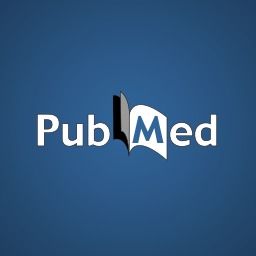Two teams of physicists have created the “Higgs mode” – a link between particle physics and the physics of matter. The work could help researchers understand the strange behavior of deeply quantum systems.
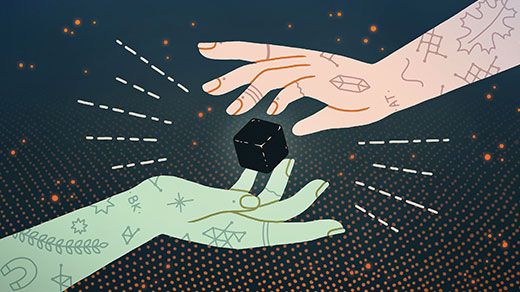


Factories were shuttered and streets were cleared across China’s Hubei province as authorities ordered residents to stay home to stop the spread of the coronavirus.
It seems the lockdown had an unintended benefit — blue skies.
The average number of “good quality air days” increased 21.5% in February, compared to the same period last year, according to China’s Ministry of Ecology and Environment.

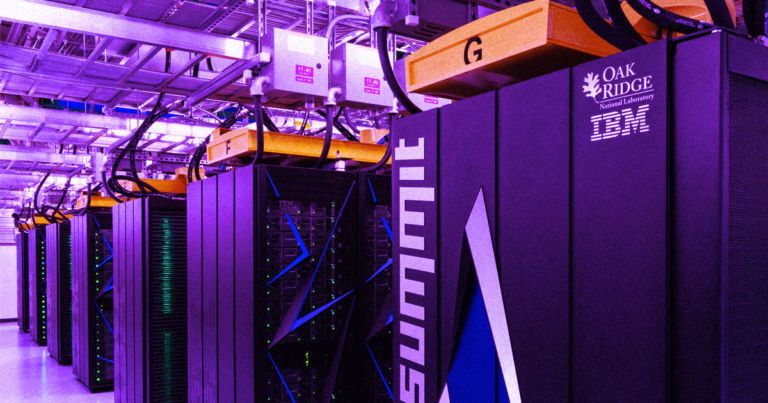
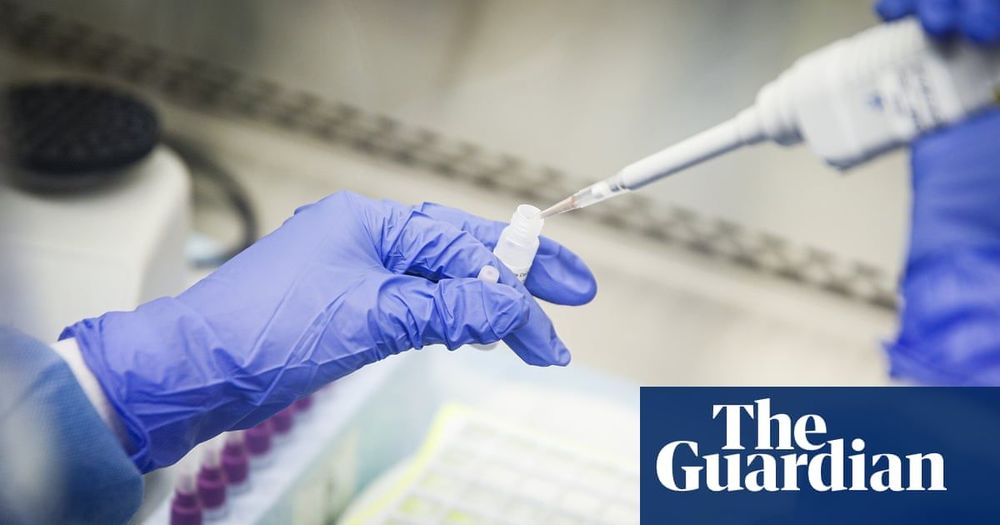
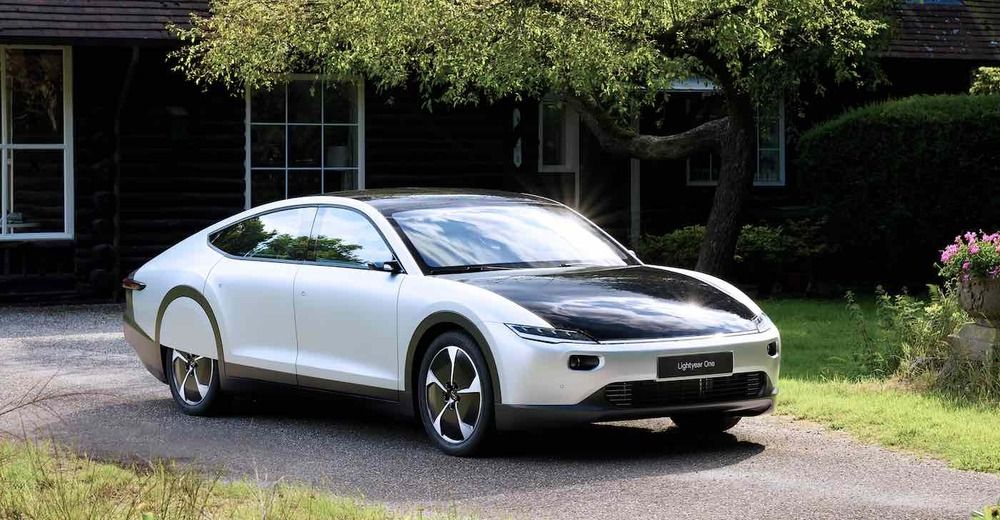
A Dutch company from Eindhoven has released a prototype car called Lightyear One, that won the Bridgestone World Solar Challenge, being the very first long-range solar car in the world. It has already sold 100 orders to be filled in 2011 and is a four-passenger vehicle.

ON DECK: Polymer Gold Backed USTN~Series 2021 ❤️
The new US dollar banknote design.
details: https://www.behance.net/gallery/63326431/THE-NEW-US-DOLLAR
https://www.instagram.com/avgust.andrey/
Music in video: Summertime (Gershwin) — The Pianos of Cha’n.

